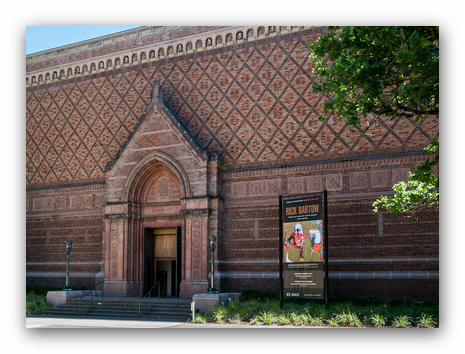Sep 22 2018 - Aug 25 2019
Jordan Schnitzer Museum of Art
Eugene, OR
From the 1920s to the 1940s, Mexican artists Diego Rivera (1886-1957) and Rufino Tamayo (1899-1991) were key participants in the international avant-garde. Through their cross-cultural exchanges in Mexico and the United States, they shaped the visual vocabulary of modern art during a period of social and economic upheaval. Beginning this fall, visitors to the JSMA will have the unique opportunity to see two masterworks by these internationally acclaimed painters—Rivera’s 1931 painting La ofrenda (The Offering) and Tamayo’s 1942 painting Perro aullando a la luna (Dog Howling at the Moon). [...]
Diego Rivera’s La ofrenda, first shown at the Museum of Modern Art (MoMA) in New York, presents Mexico’s annual Día de los Muertos celebration of life and death. In the painting, three family members welcome the soul of a loved one with offerings placed on a decorated altar. Hanging next to the painting at the JSMA will be La escuela de aire libre (Open Air School), a lithograph Rivera made in New York City shortly after his exhibition at MoMA. We are grateful to the Portland Art Museum for the loan of this print, which features a detail from one of Rivera’s murals in Mexico City.
While living in New York during World War II, Tamayo painted Perro aullando a la luna, an aching expression of necessity and despair, anguish and rage. European modernism, like Pablo Picasso’s Guernica, and ancient ceramic vessels in burials representing the xoloitzcuintli, a hairless dog indigenous to Mexico, likely inspired this work. Although the style and intention of the artists are quite different, together these works bridge the powerfully enduring presence of Mexico’s ancient beliefs and art with the universal human condition.
Credit: Exhibition overview from museum website
Exhibition Venues & Dates
Sep 22 2018 - Aug 25 2019
Jordan Schnitzer Museum of Art
Eugene, OR
